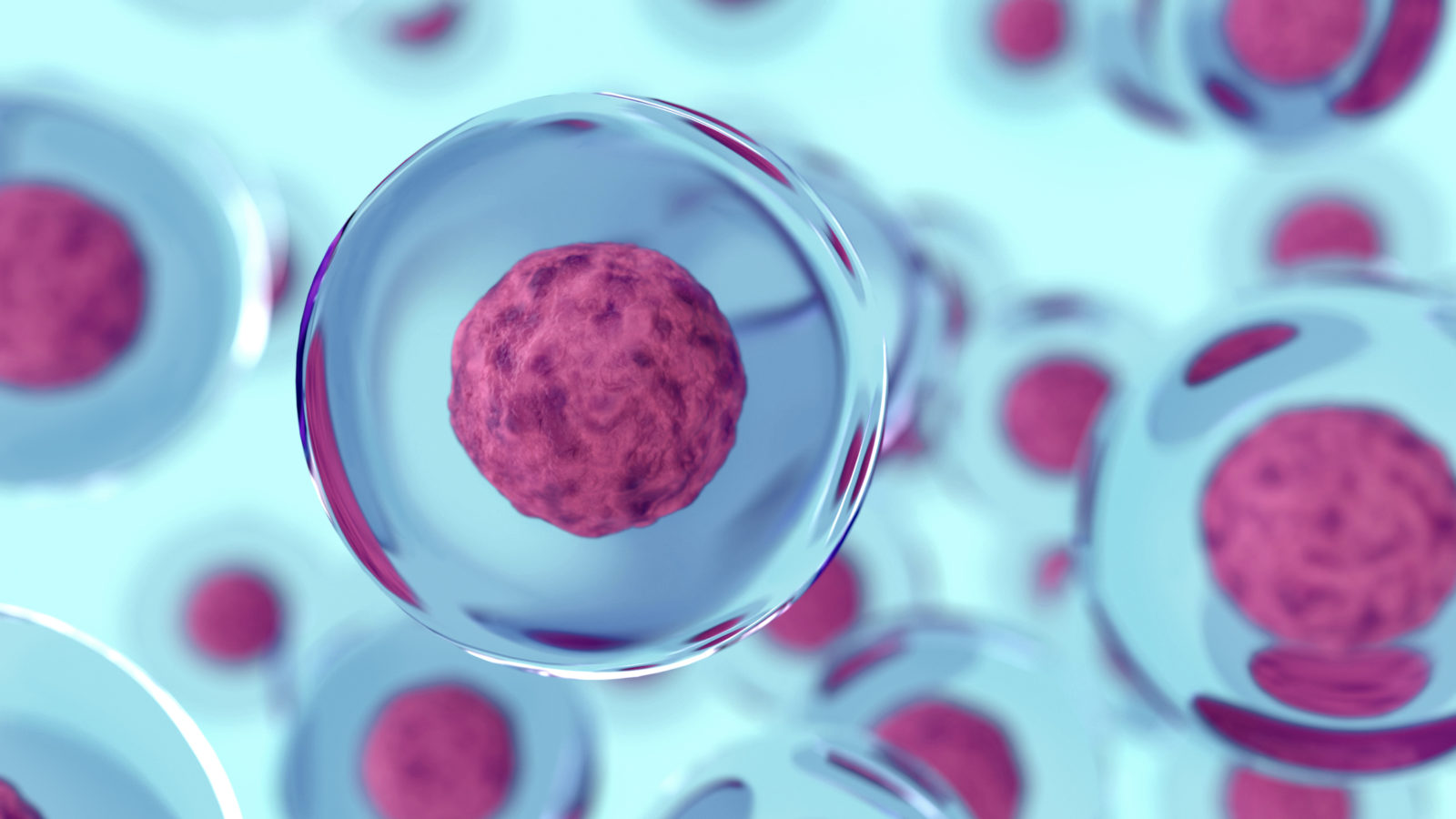
What is legionella?
Legionella bacteria are responsible for causing a family of diseases collectively known as Legionellosis . This family includes Pontiac fever and Lochagoilhead fever. But the most serious by far is Legionnaires’ disease, which if untreated can be fatal.


